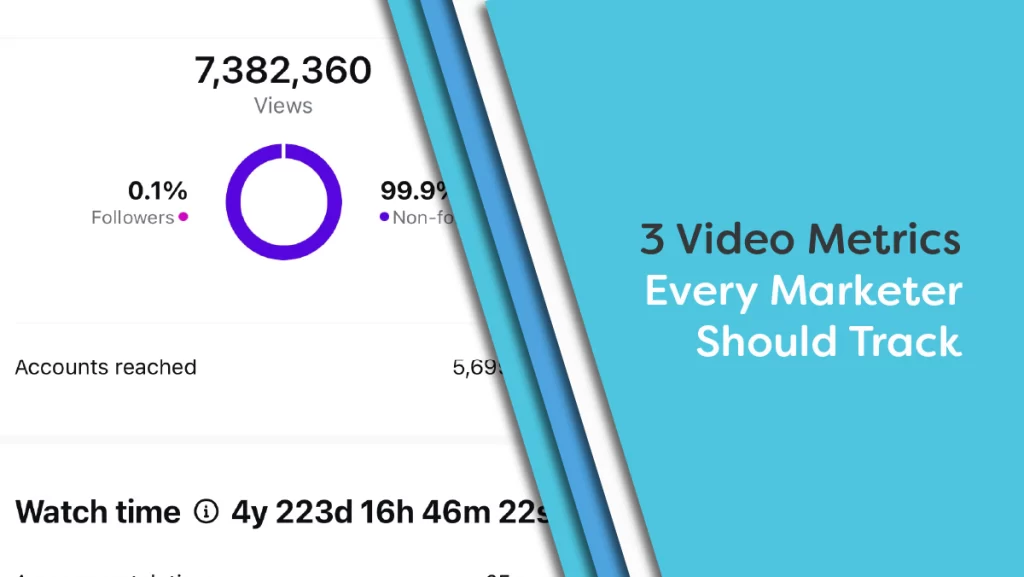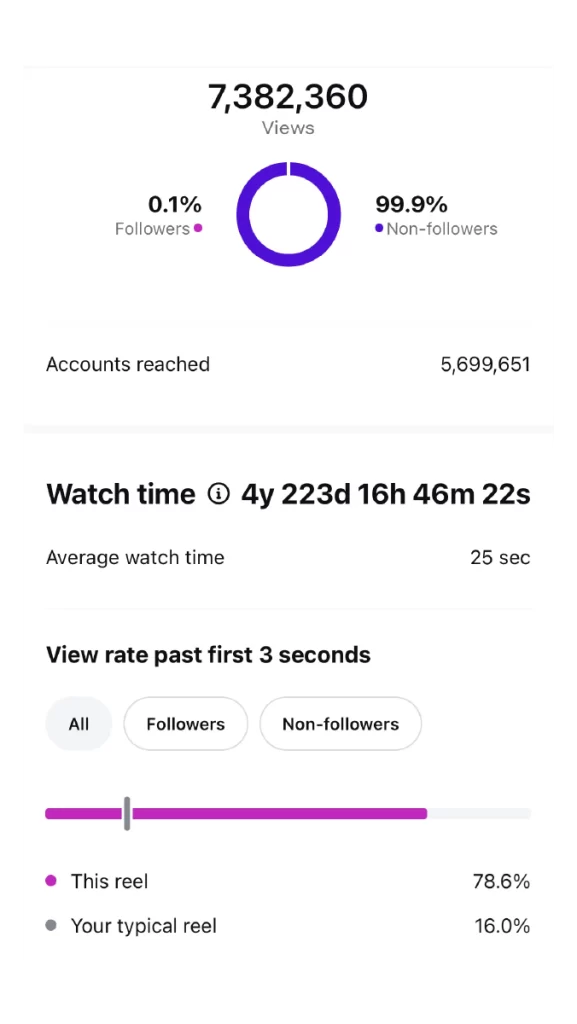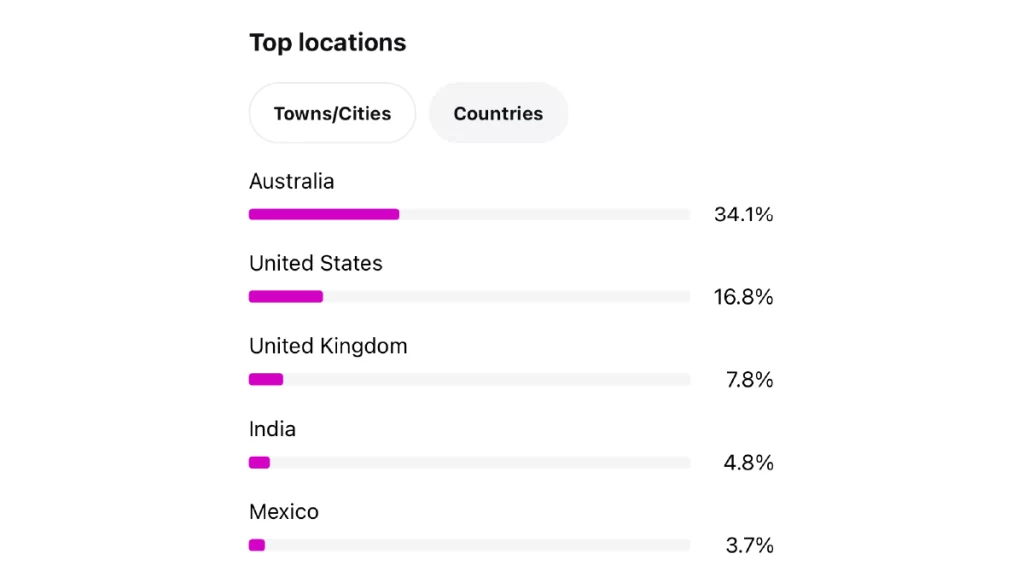3 Video Metrics Every Marketer Should Track

When it comes to video metrics, most marketers first think of likes, comments, shares, and views.
While these vanity metrics are important, they shouldn’t be the sole determinant of a campaign’s success—whether it’s a short burst or a long-duration initiative.
I use these vanity metrics as one of several tools to analyse the videos I create for my clients at Fixon Media Group during their 12+ month campaigns. And, unlike many, I don’t do it for ego or to boast. I do it to understand whether the video content I’m producing for my clients resonates with their viewers, customers, and prospects.
Alongside these basic metrics, I also track a number of deeper insights that help me gauge the overall strength of an individual video—and the wider campaign strategy.
Today, I’ll share three key metrics I believe every marketing team should monitor when it comes to video.
1. Percentage Of Non-Followers Viewing Your Content
This metric is valuable for both individual videos and broader campaign data over a 90-day period.
Tracking the percentage of non-followers who watch your video offers insight into its virality—its ability to break out of your existing audience and attract new viewers.
While viral success is a nice-to-have, the ultimate goal of a sustainable video strategy is to attract and retain customers over the long term.
On platforms like Instagram and LinkedIn, your posts are first shown to a small segment of your followers. When these viewers engage (especially within the first 60 minutes), it signals to the platform’s algorithm that the video is valuable, prompting wider distribution.
Thus, a higher percentage of non-follower views indicates that your video is captivating and extending your reach beyond your immediate audience.

2. Average Watch Time
The average human attention span is now only 8 seconds—less than that of a goldfish. This means you need content that captures and holds attention from the very first second.
Average watch time is calculated by dividing the total watch time by the number of views.
The longer your viewers stick around, the more value your video is perceived to have. This, in turn, encourages social media platforms to push your video to even more people.
For example, one of the videos I produced for a client recently—lasting just 60 seconds—achieved 7 million views and has an average watch time of 25 seconds (42%).
For ultra-short videos (those under 20-30 seconds), aiming for an average watch time of around 70% is ideal, while longer videos (5+ minutes) should target an average of 40%.
High dwell time is a clear indicator to platforms like Instagram that your content is engaging and worth sharing.
3. Shares
If I had to choose one vanity metric to focus on, it would be video shares.
A share is a powerful endorsement—it’s the digital equivalent of a personal referral. If someone finds value in your video, they’re likely to share it with their network, effectively vouching for your content.
People don’t share videos lightly.
For a video to be shared, it must be captivating, informative, or emotionally resonant enough to warrant a recommendation.
Just as a referral for a job reflects on your reputation, shared video content speaks volumes about the quality and relevance of your message.

Notable Metrics
While the three metrics above are my top priorities, there are other data points that can provide valuable insights into your video marketing strategy:
Viewership By Country & City
Analysing where your views are coming from can help you determine if your content is reaching your intended audience.
For example, if you’re targeting Australians but a large portion of your audience is from the USA, you might need to adjust your messaging or creative references.
Viewership By Gender
Understanding the gender breakdown of your viewership is crucial, especially if your brand targets a specific demographic.
Whether you aim for a 50/50 split or a skewed distribution (like brands targeting predominantly female audiences), tracking this metric can guide your content strategy.
Final Thoughts
Focusing on vanity metrics for ego or short-term validation only takes you so far.
When a series of videos doesn’t meet your expectations, it’s tempting to abandon the strategy and try something new.
However, true success comes from sticking with a well-considered approach for a few more months—or tweaking your strategy based on data insights.
By using these key metrics as tools to assess whether your video content is resonating with your audience, you set the stage for sustainable, long-term success in video marketing.
Consistency, analysis, and a willingness to adapt are the cornerstones of attracting and retaining customers over time.
I hope these insights help you refine your video strategy and drive better results in 2025.
Want Some Help In 2025?
At Fixon Media Group, our team specialise in capturing the emotions that resonate with your customers and transforming them into powerful, captivating brand films designed to connect with your audience.
If you’re looking to create impactful brand films and short-form video content in 2025, feel free to get in touch with our Melbourne based video production team.
